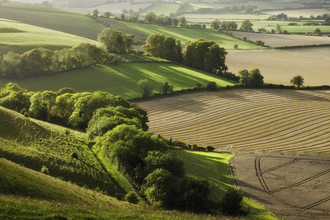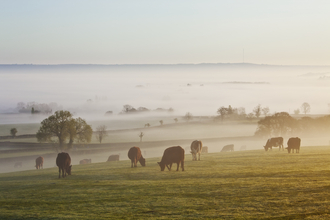Farms are used to change, there have seldom been long spells of stability in agriculture since the post war drive to increase yields. Crop and livestock breeding science, machinery innovations and a raft of new inputs including fertilisers, pesticides and livestock treatments were all rolled out to increase productivity per acre.
But recently the rate of change has accelerated – we have left the EU, direct farm support payments are being cut to zero and input costs have gone through the roof as war in Europe returns once again.
This has put huge pressure on farming budgets and what was done last year may no longer be profitable in the future. Farms will need to look at their inputs very carefully, examine their systems and put in place long term plans.
Regenerative agriculture can supply many answers to support farmers away from using high rates of inputs and encourages thinking for the long term. It has a foundation in caring for the soil and has many similarities to farming organically. The aim is to be in harmony with nature and not to rail against it.



